PPT-Programming in Oracle with PL/SQL Procedural Language Extension to
Author : olivia-moreira | Published Date : 2019-10-30
Programming in Oracle with PLSQL Procedural Language Extension to SQL Overview Overview of PLSQL Data type and Variables Program Structures Triggers Database Access
Presentation Embed Code
Download Presentation
Download Presentation The PPT/PDF document "Programming in Oracle with PL/SQL Proce..." is the property of its rightful owner. Permission is granted to download and print the materials on this website for personal, non-commercial use only, and to display it on your personal computer provided you do not modify the materials and that you retain all copyright notices contained in the materials. By downloading content from our website, you accept the terms of this agreement.
Programming in Oracle with PL/SQL Procedural Language Extension to: Transcript
Download Rules Of Document
"Programming in Oracle with PL/SQL Procedural Language Extension to"The content belongs to its owner. You may download and print it for personal use, without modification, and keep all copyright notices. By downloading, you agree to these terms.
Related Documents

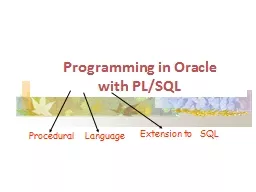
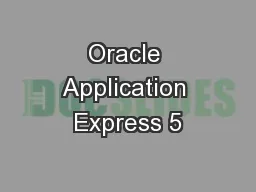

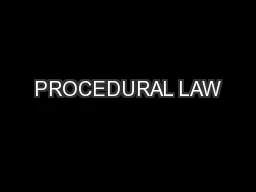


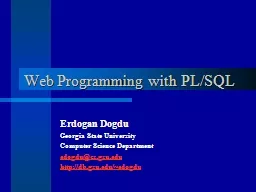
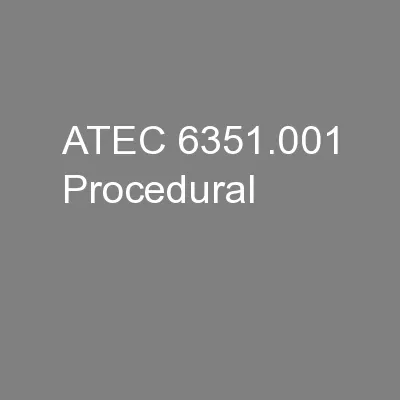
![[BEST]-Programming 11:C Programming Success in a Day & Rails Programming Professional](https://thumbs.docslides.com/980146/best-programming-11-c-programming-success-in-a-day-rails-programming-professional-made-easy-c-programming-c-programming-c-programming-language-rails-android-programming-ruby-rails-php-css.jpg)
![[PDF]-Programming 3: Python Programming Professional Made Easy & C Programming Success](https://thumbs.docslides.com/980147/pdf-programming-3-python-programming-professional-made-easy-c-programming-success-in-a-day-c-programming-c-programming-c-programming-language-html-python-programming-python-java-php.jpg)
